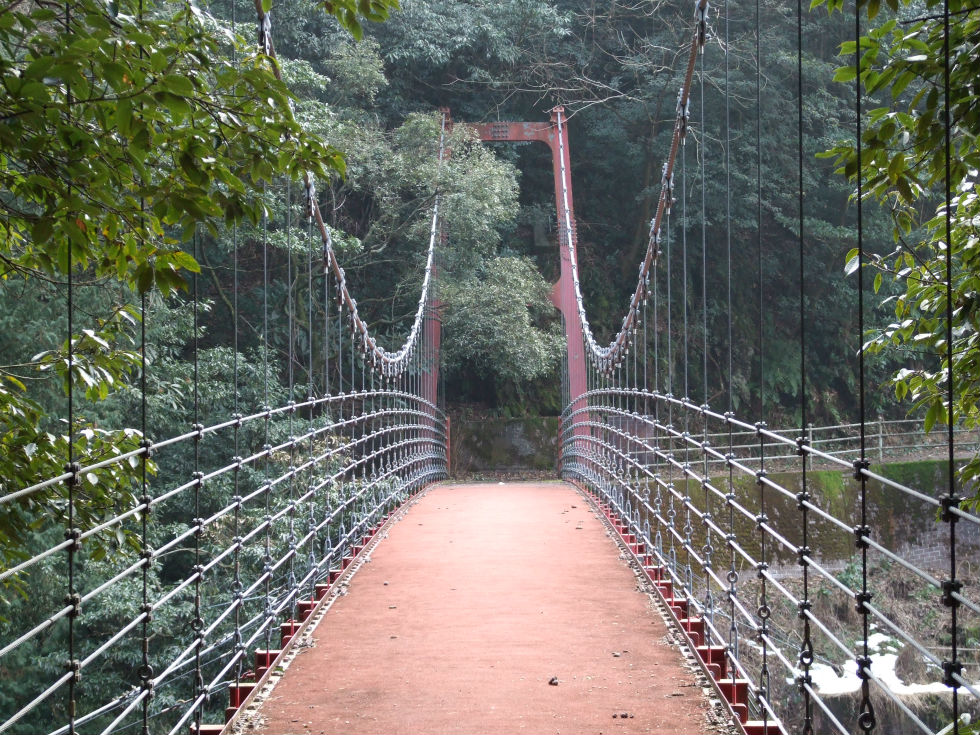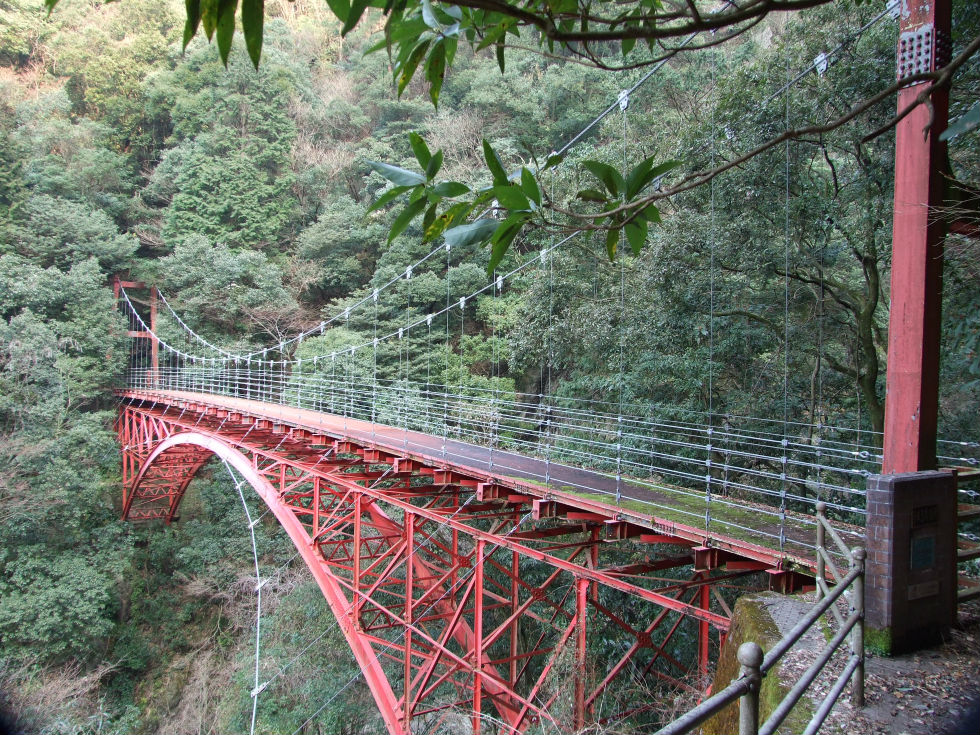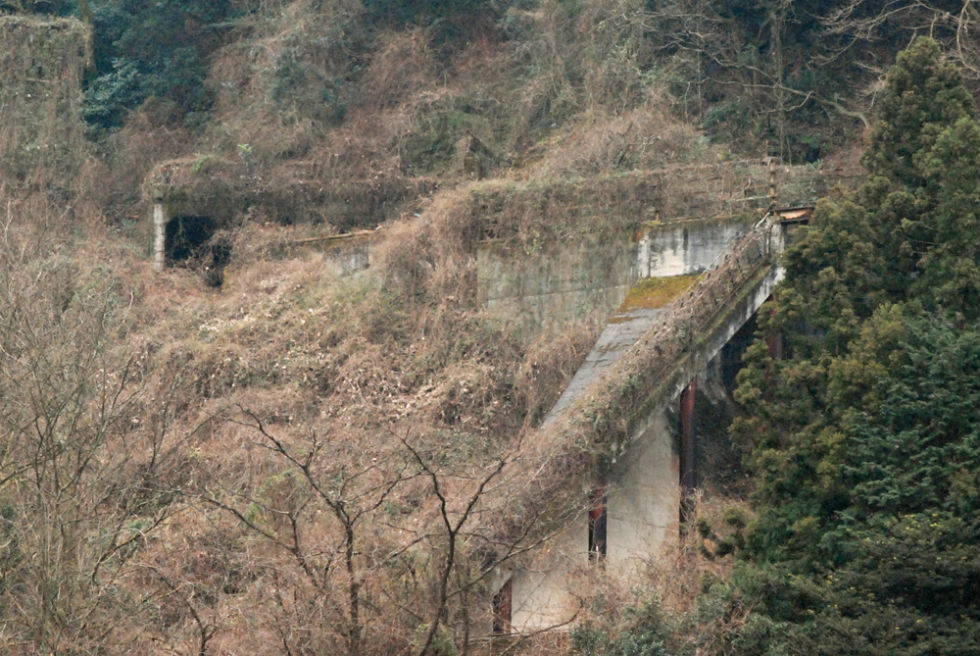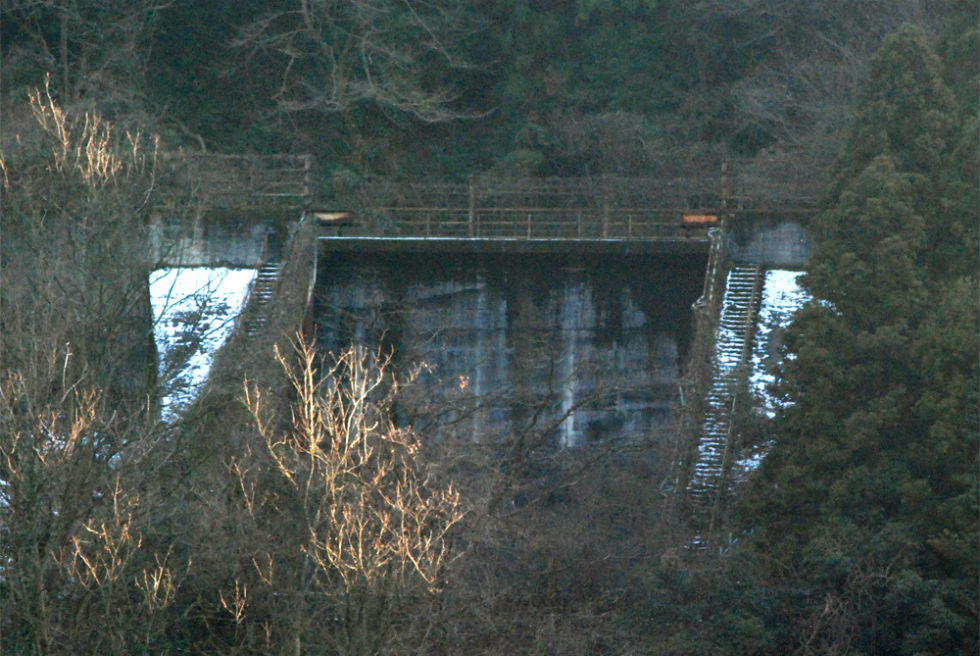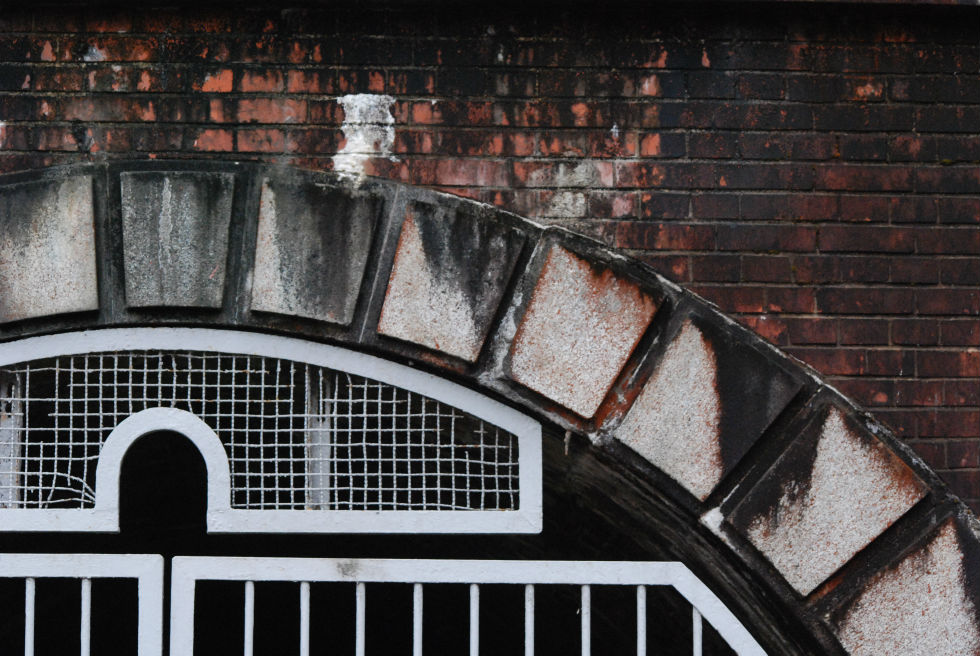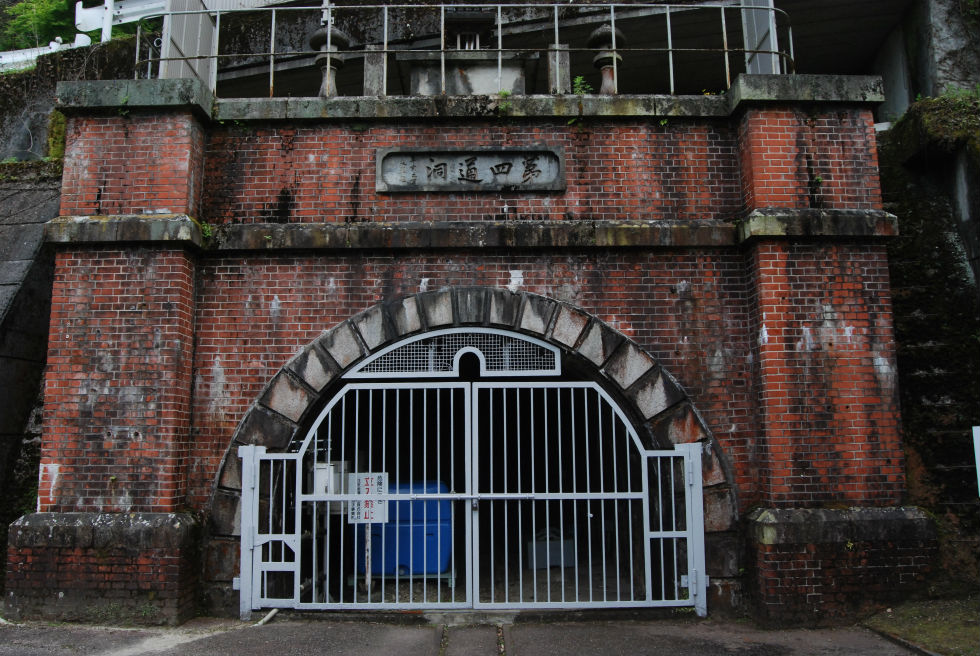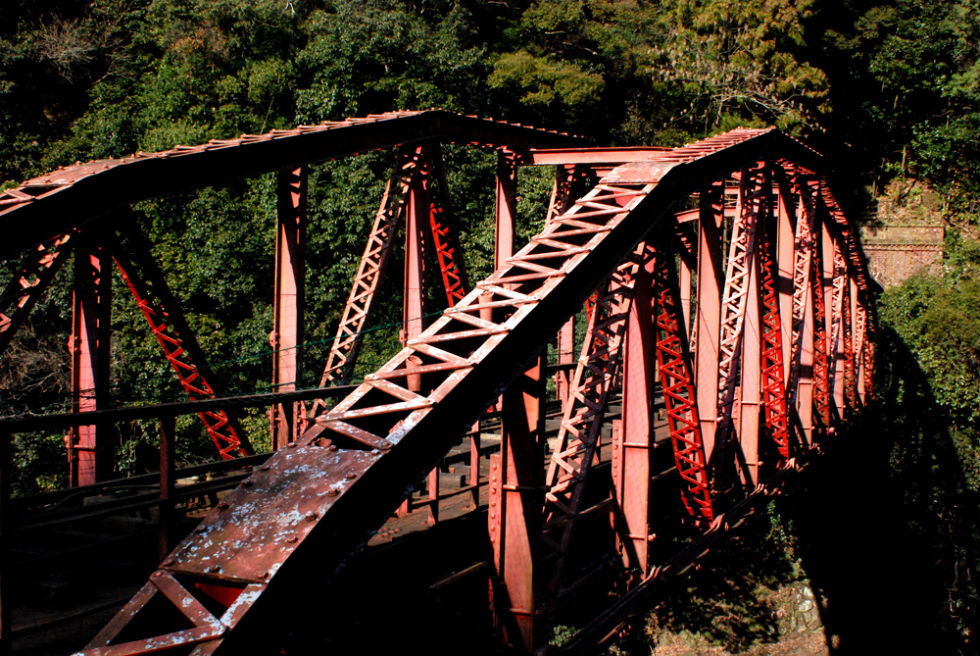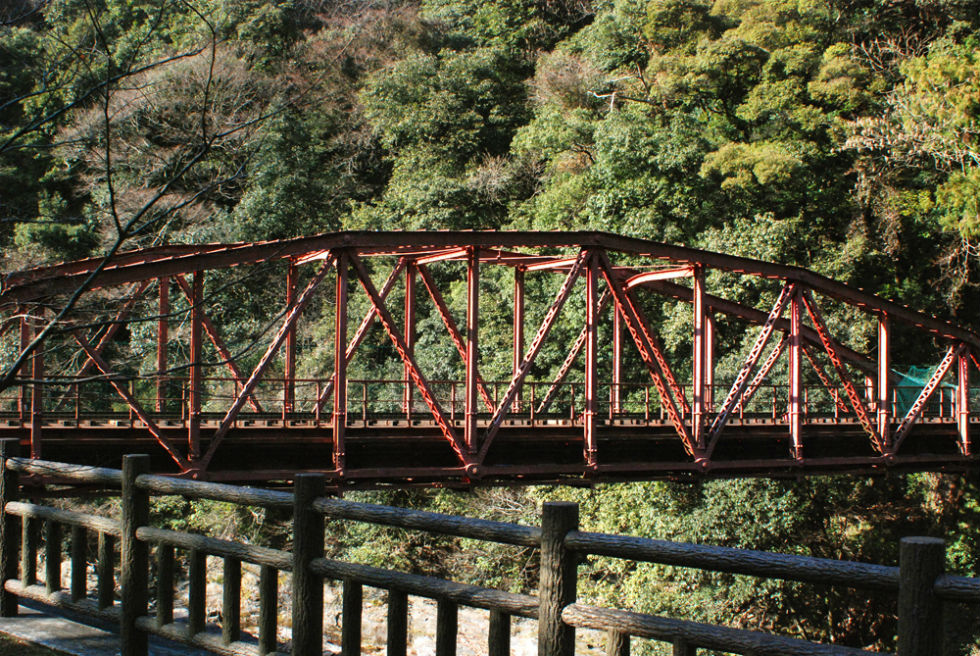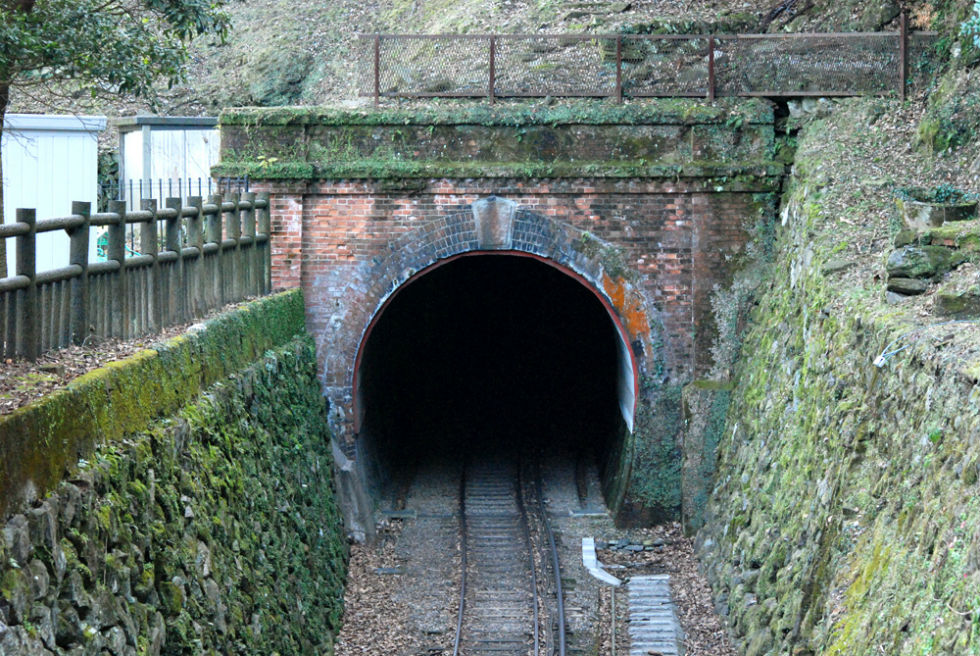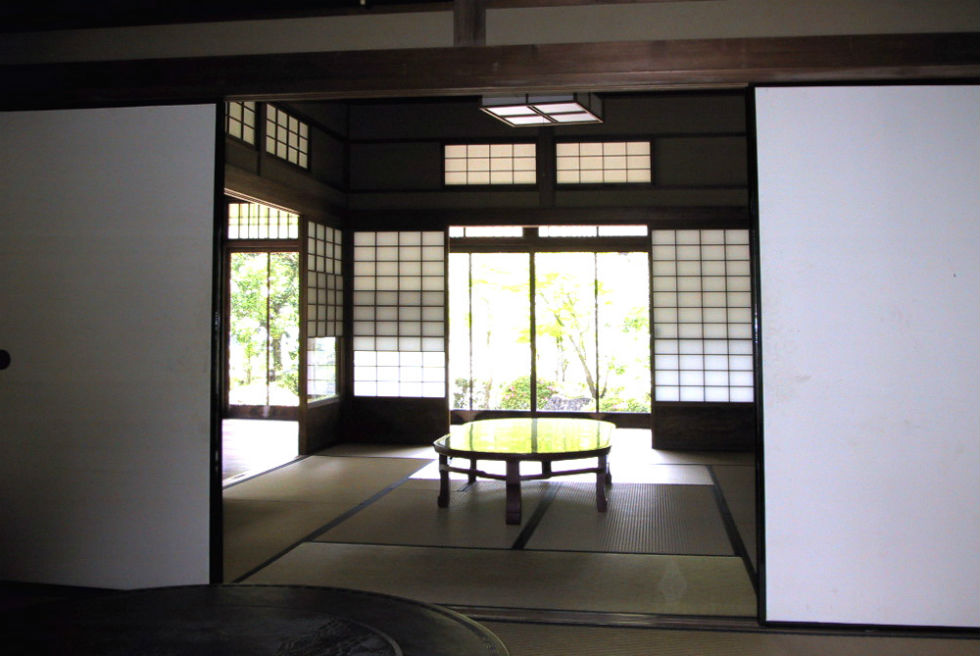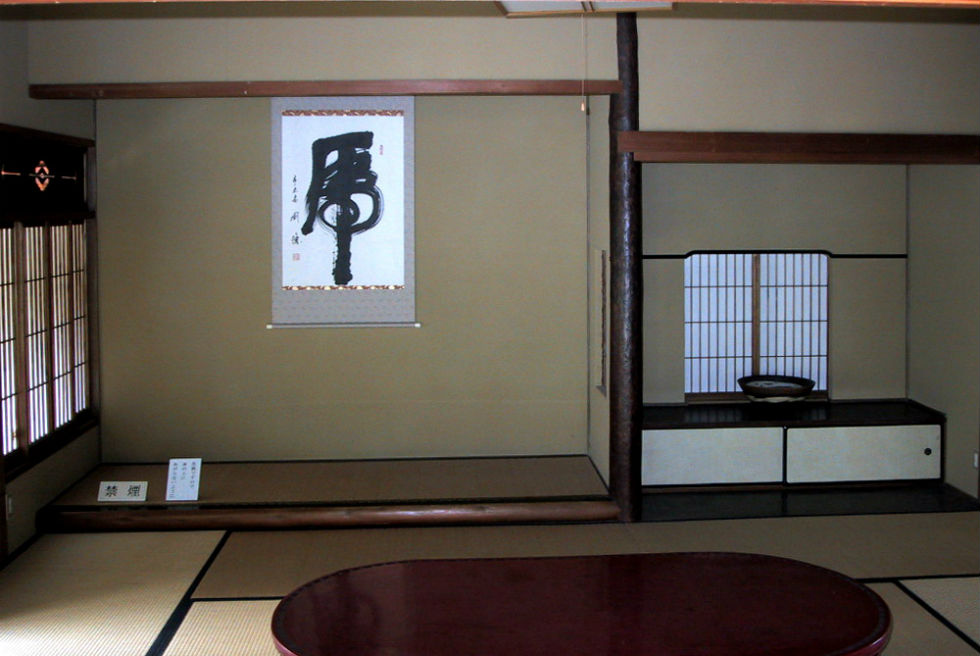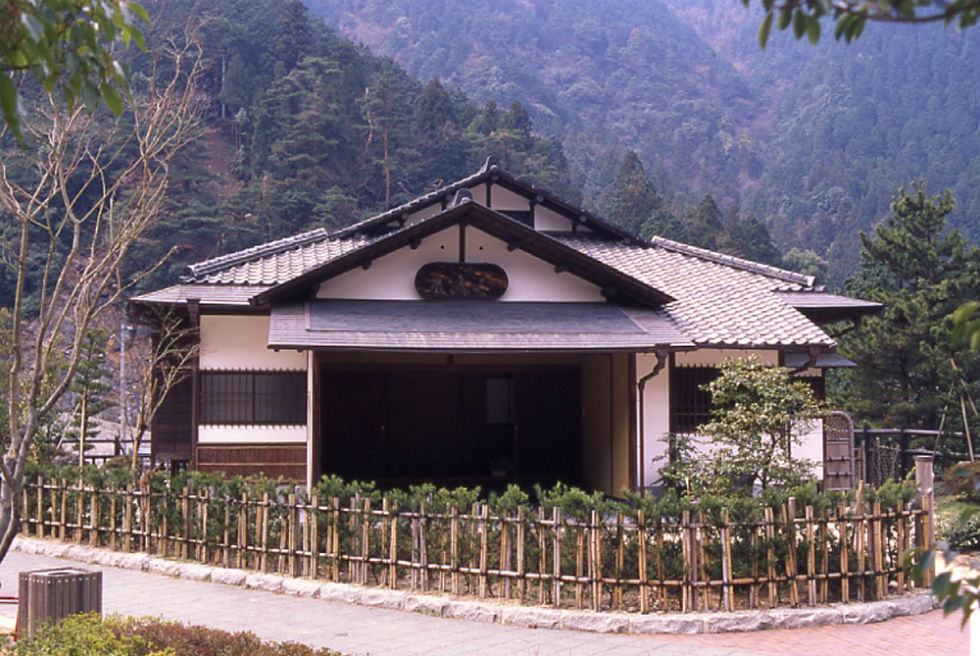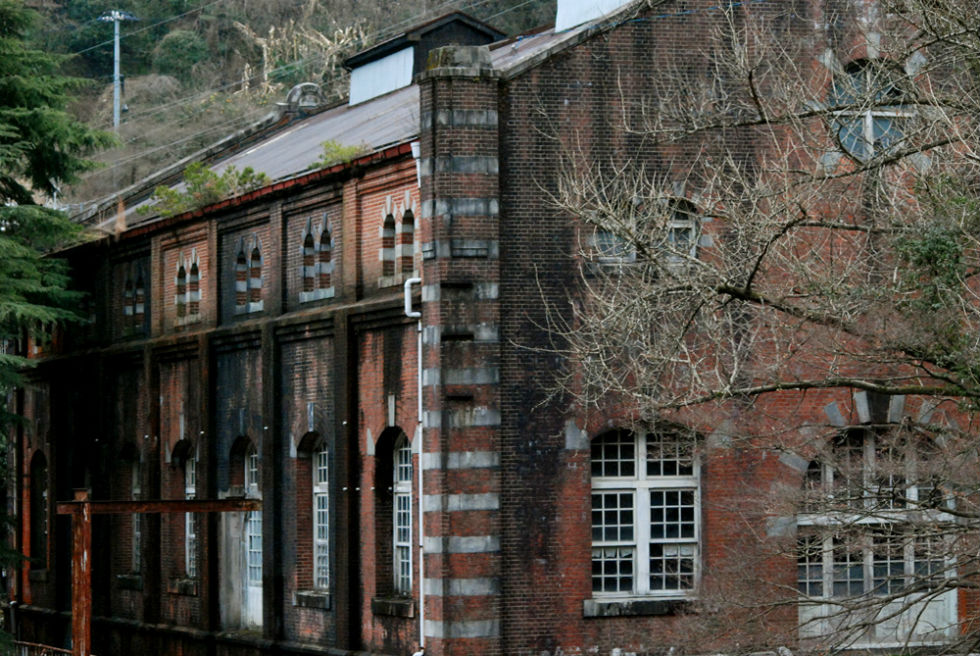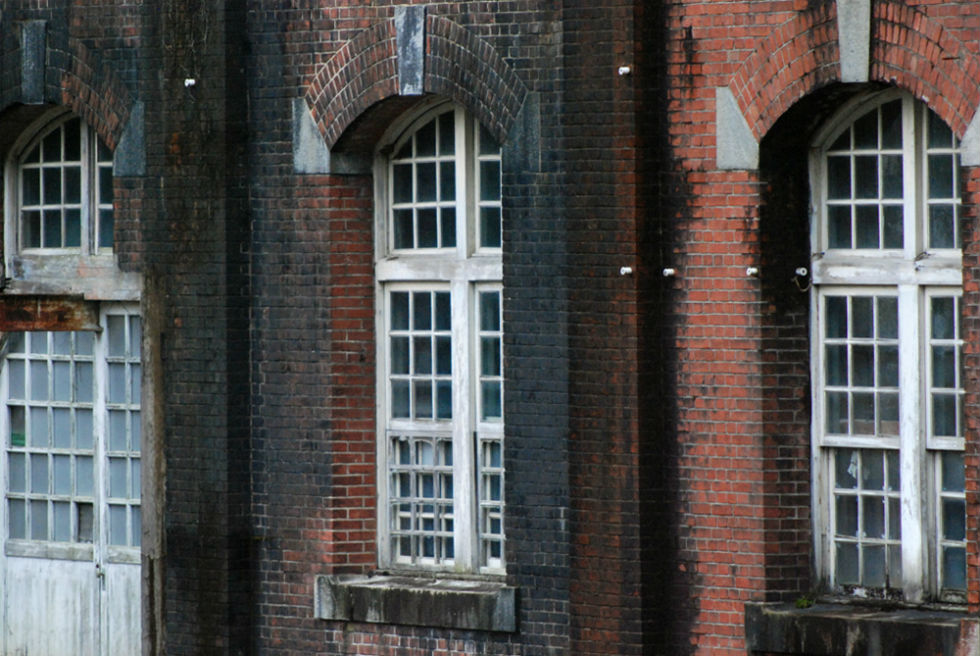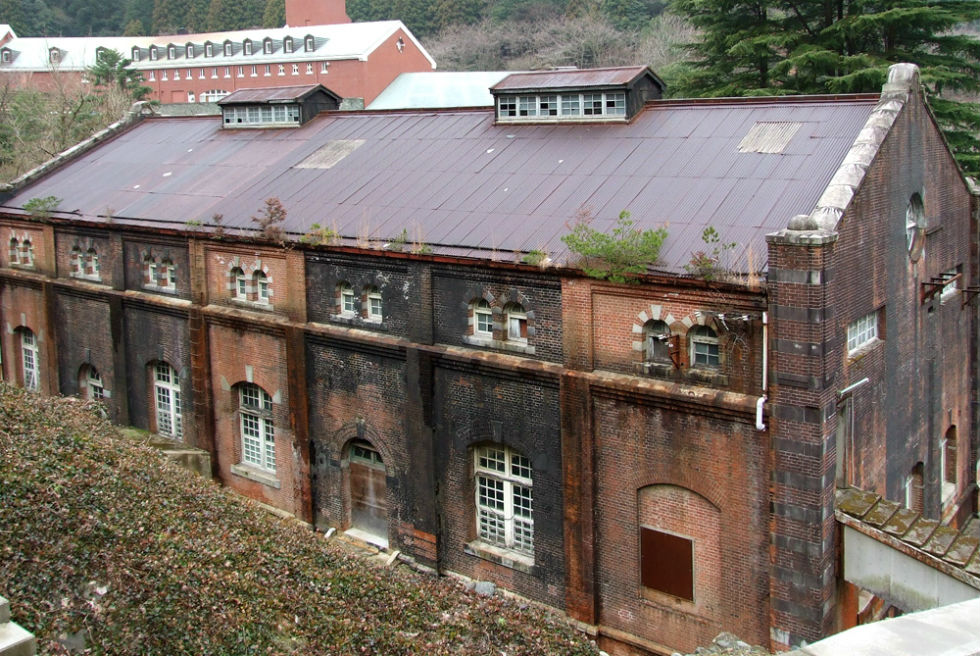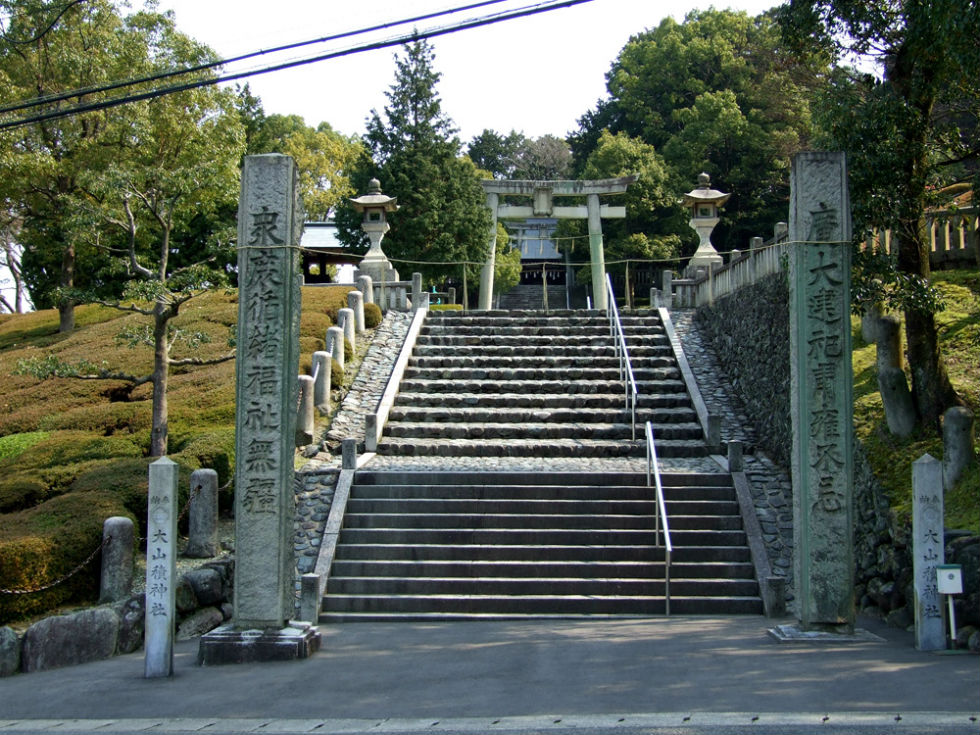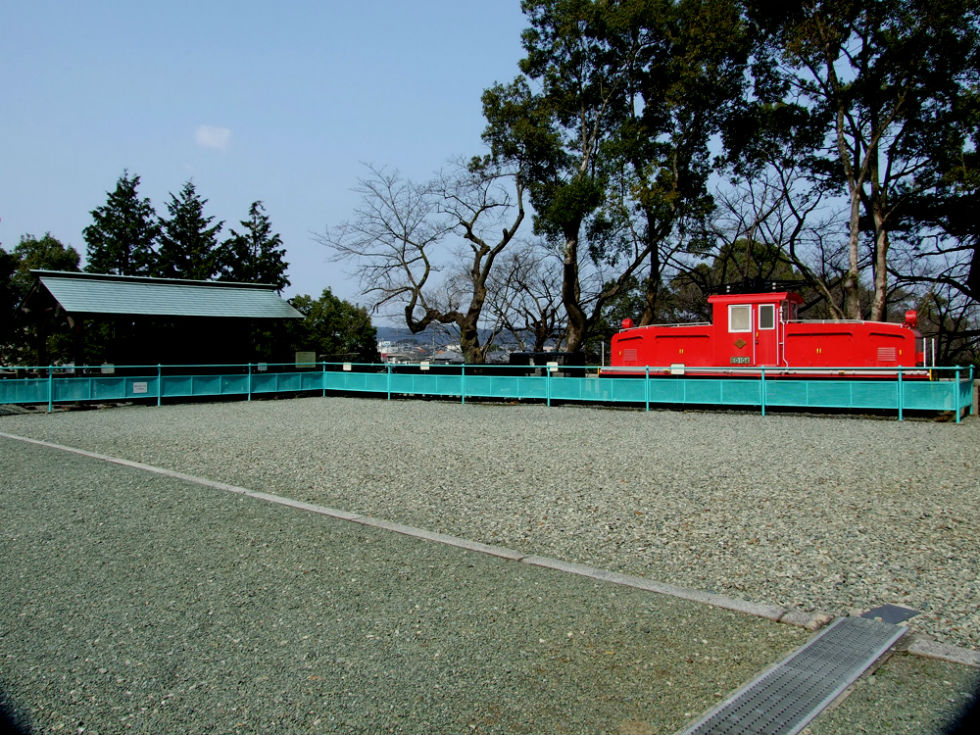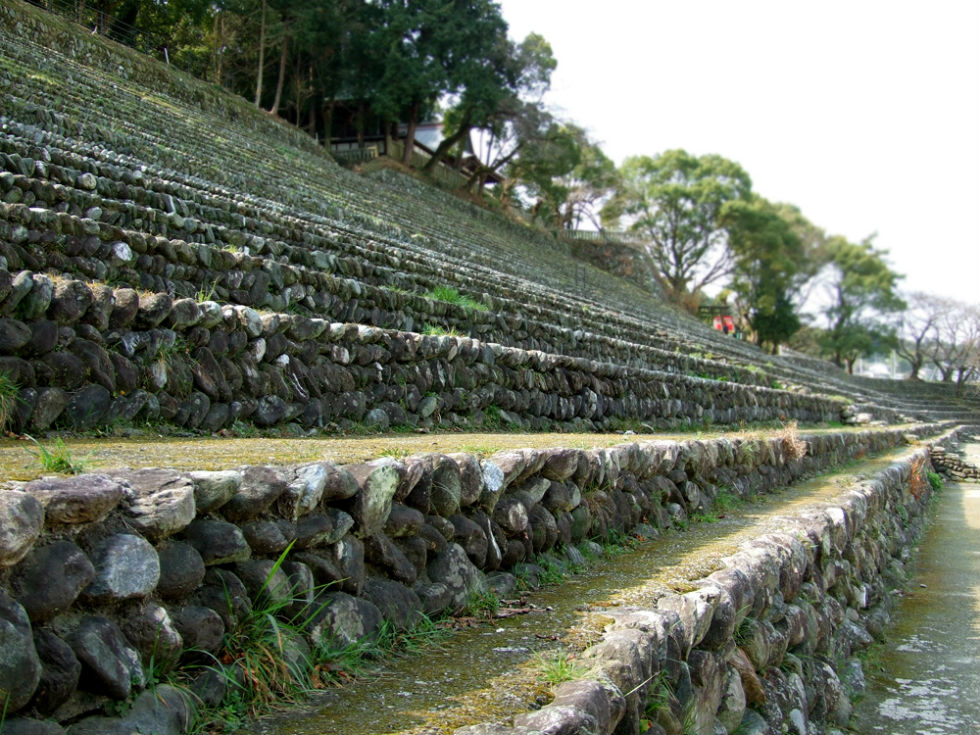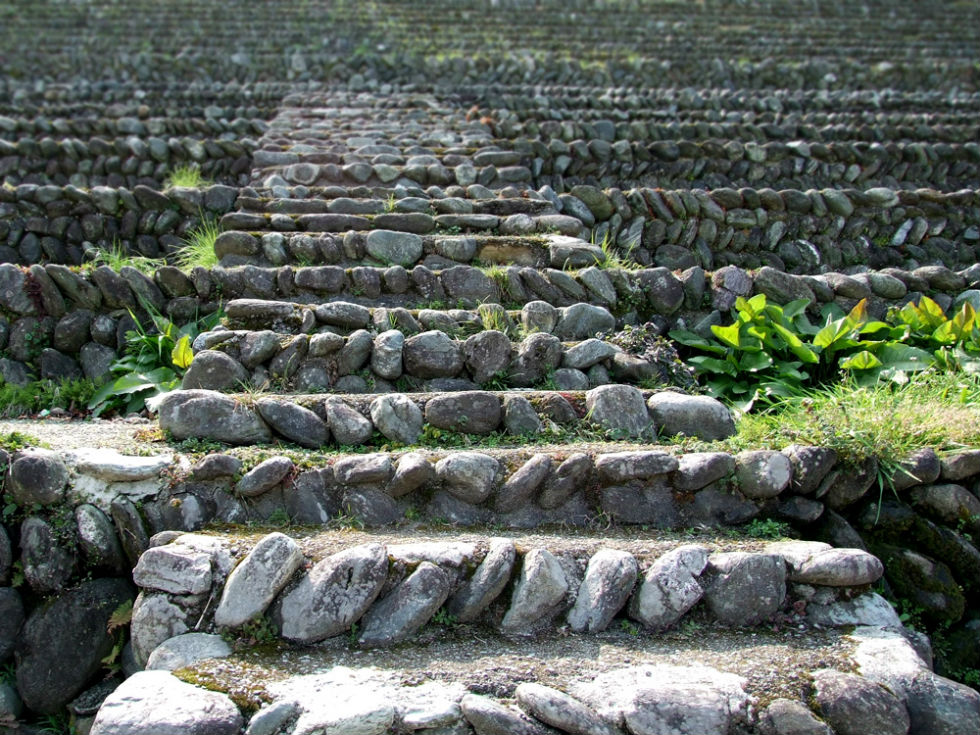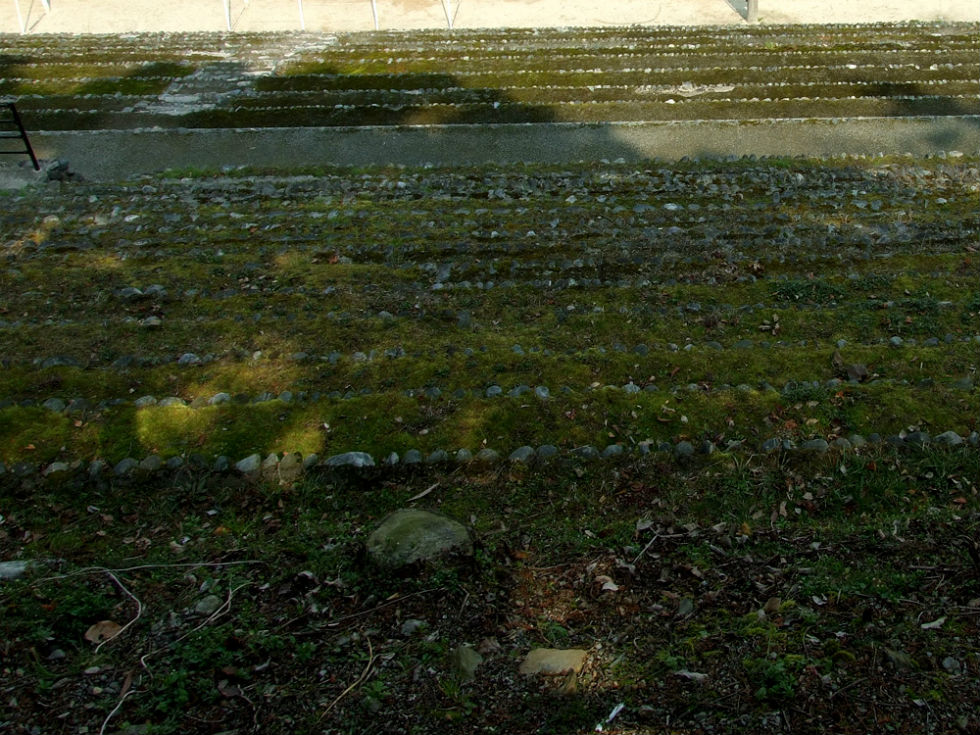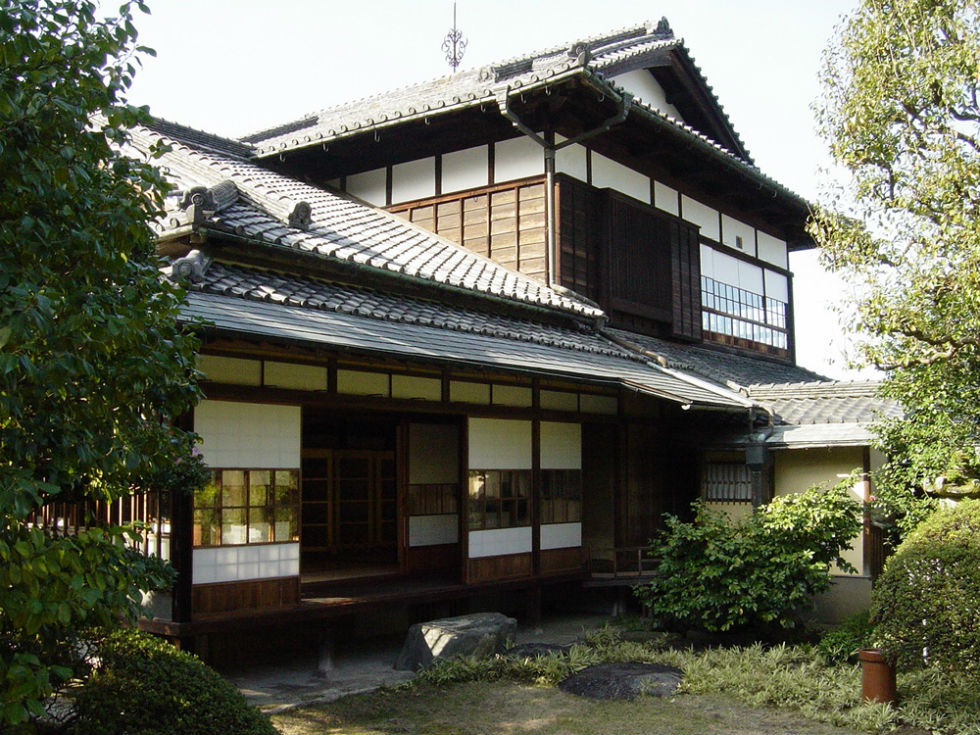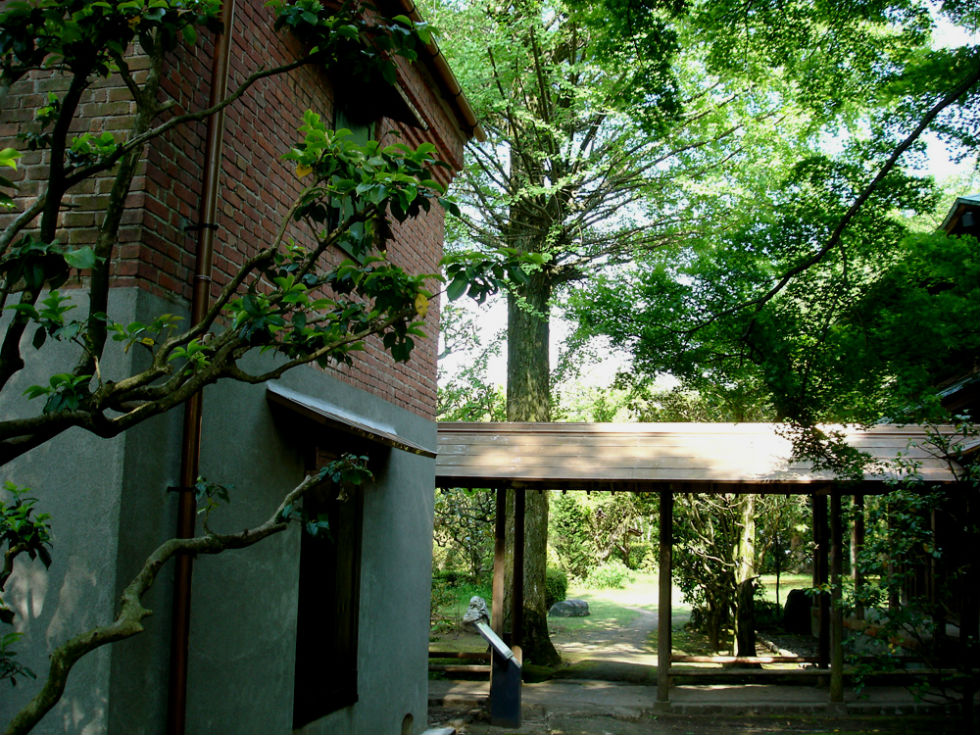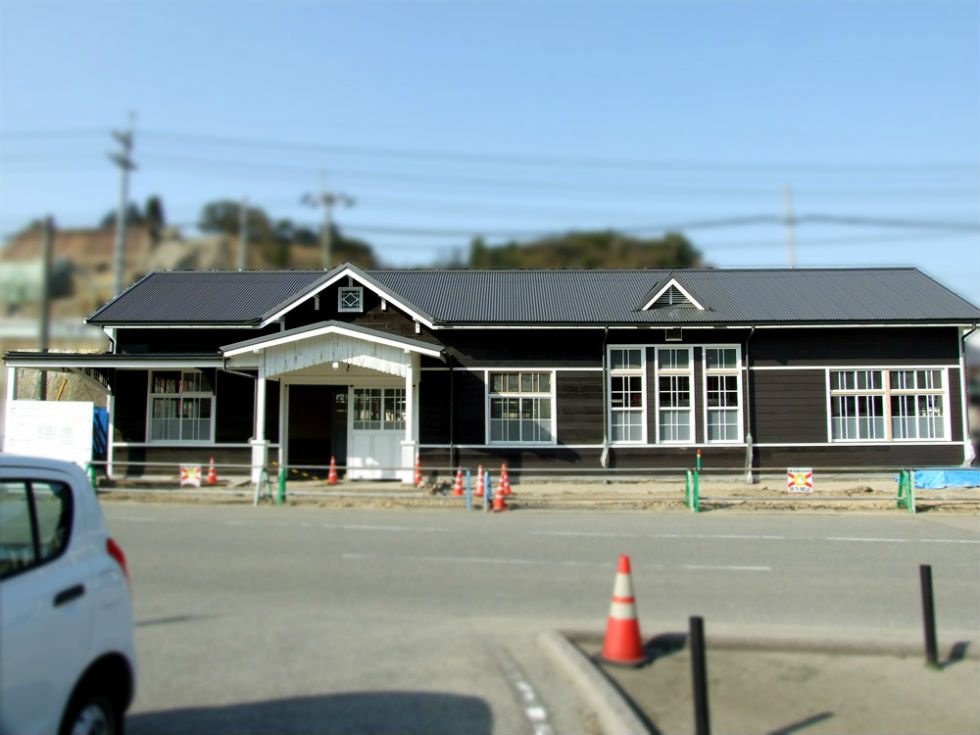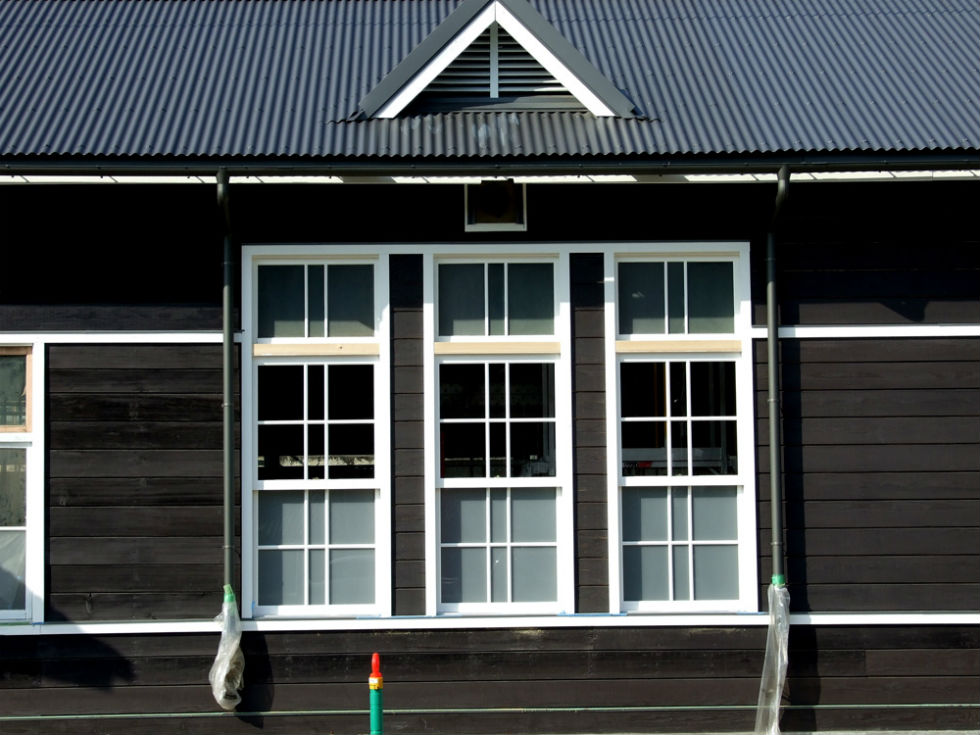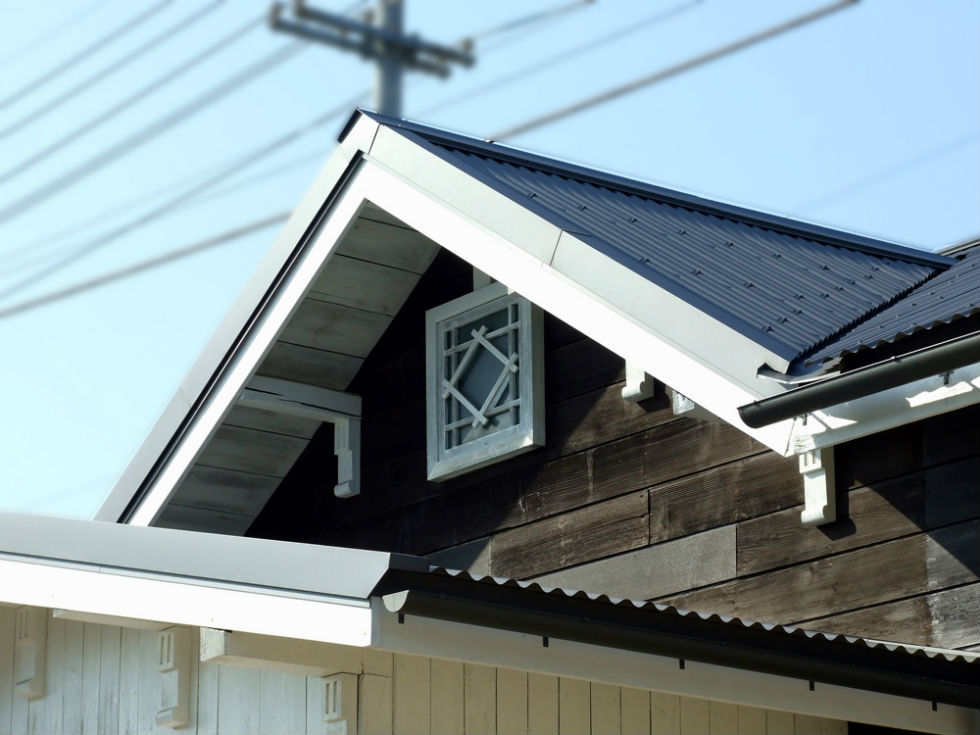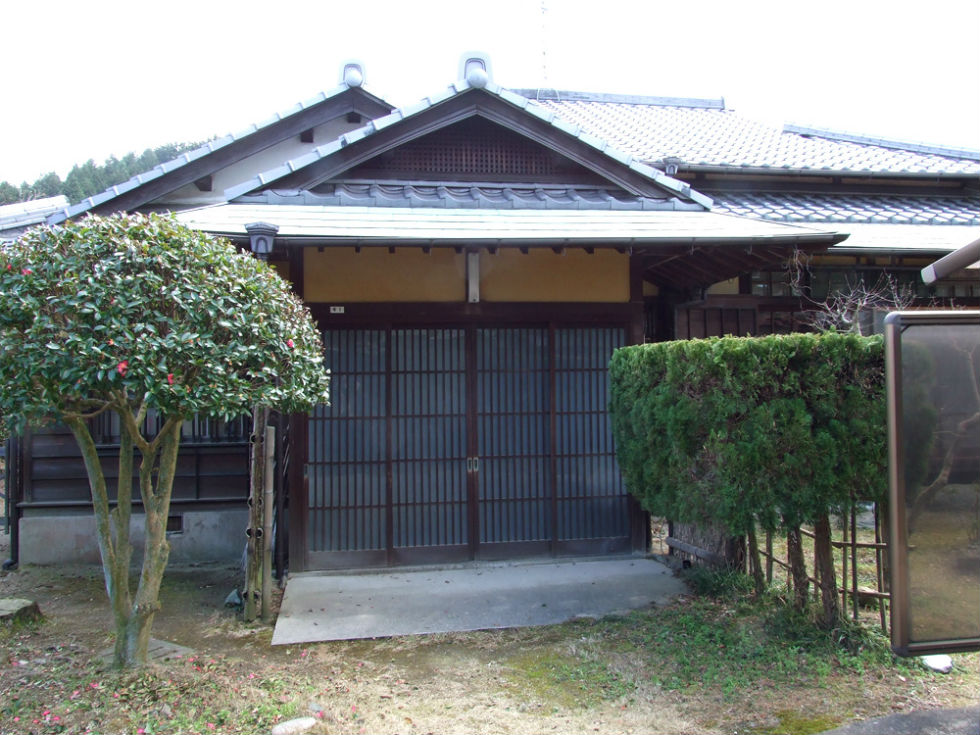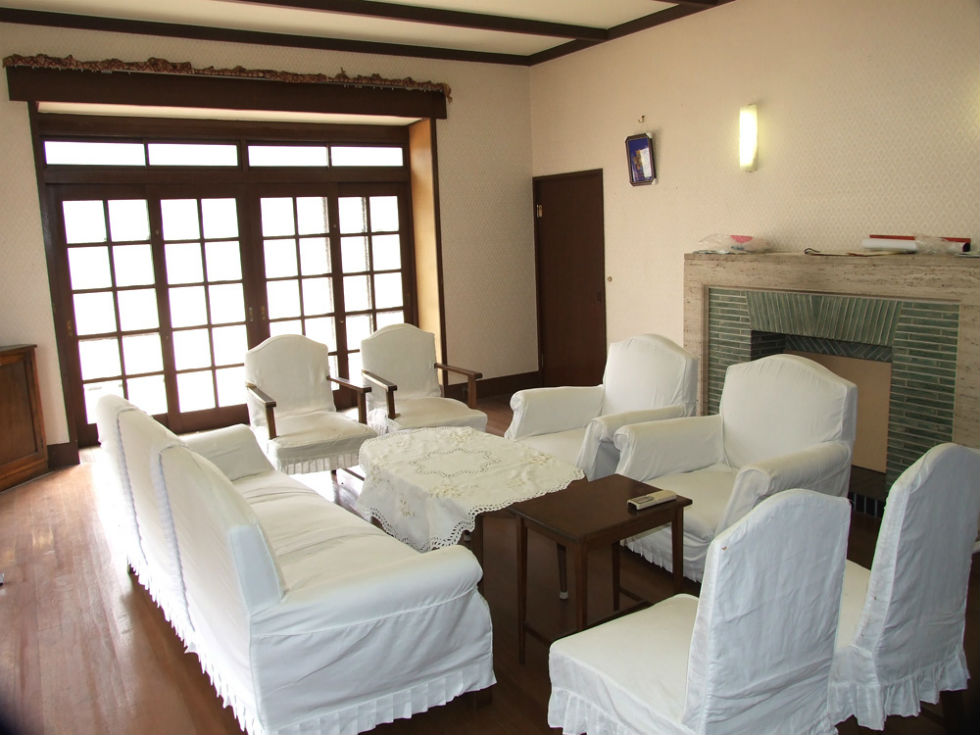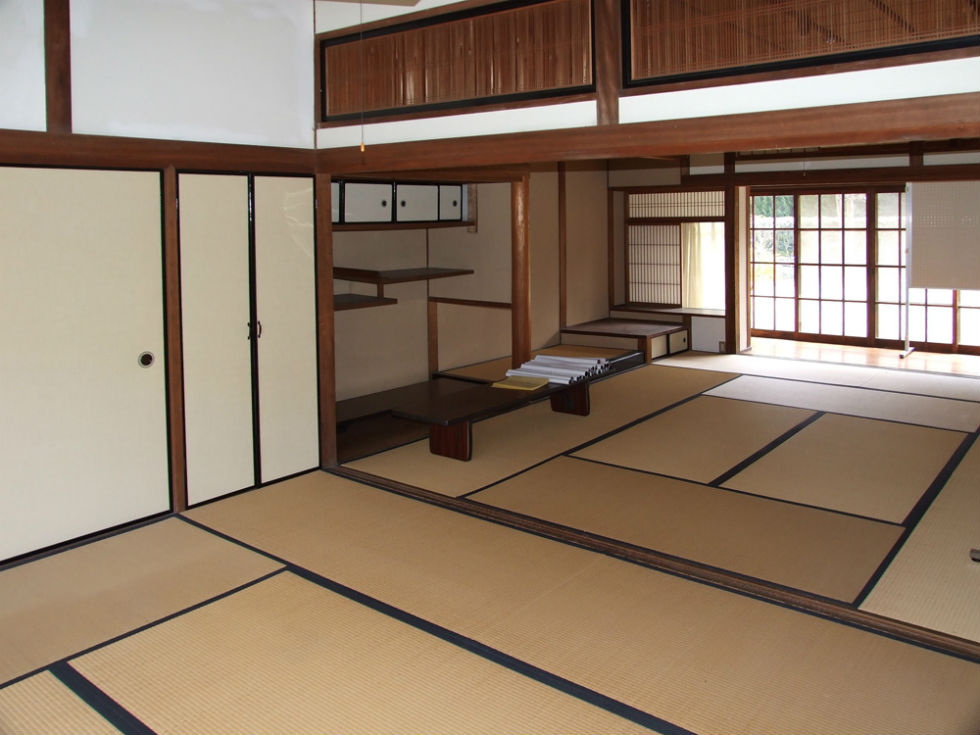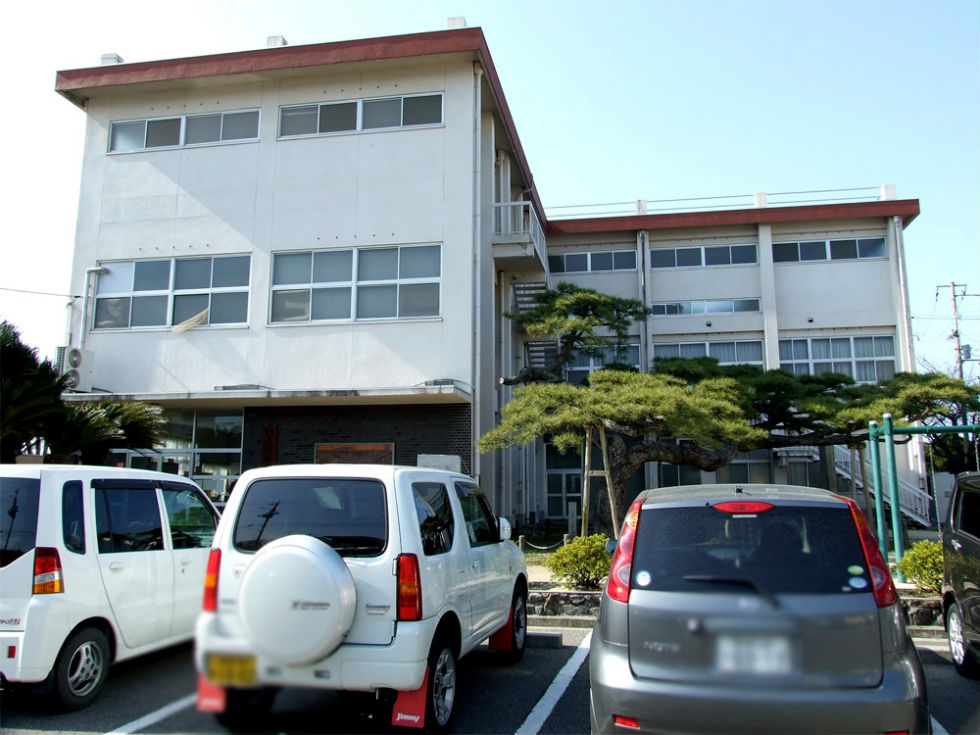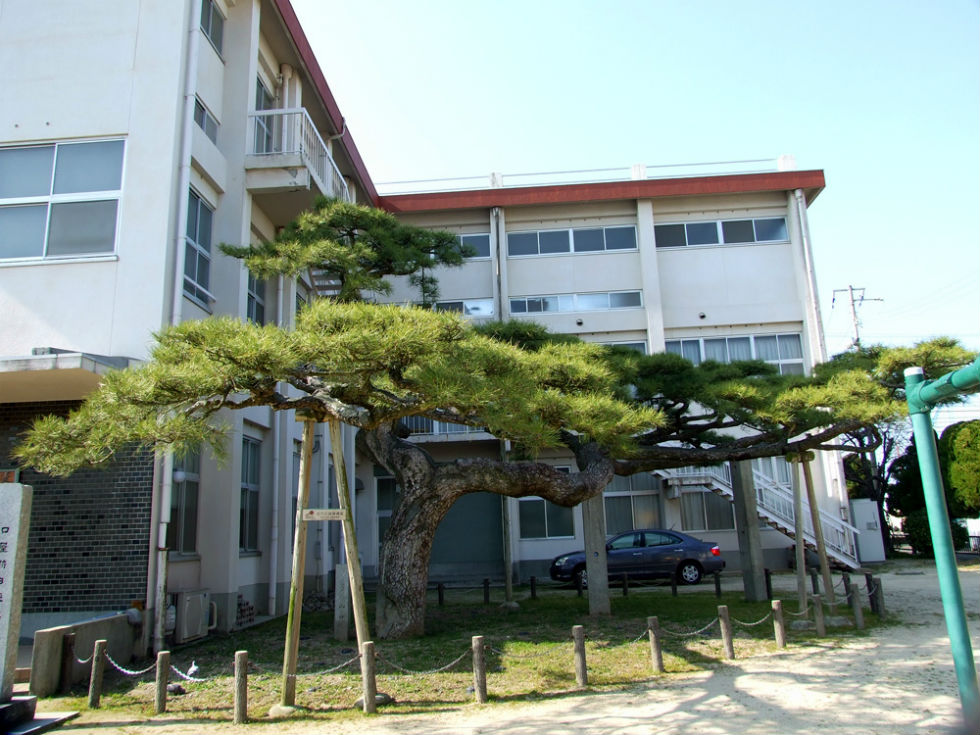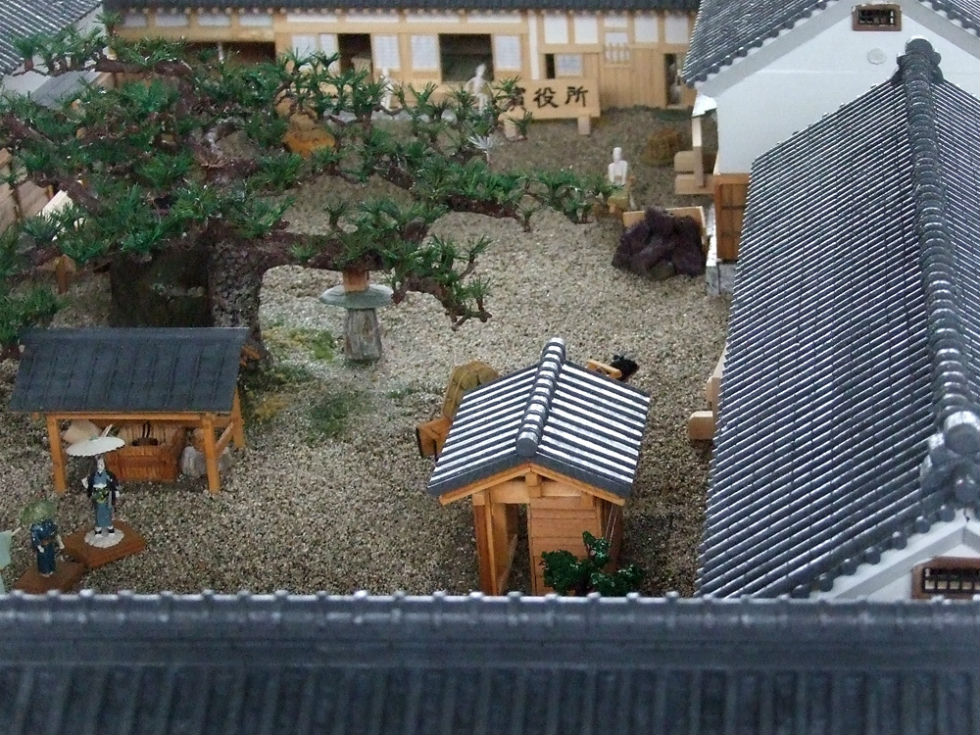Besshi Copper Mine Industrial Heritage

Otoshi Bridge
Completed in 1905 with a length of 48.26m, a width of 2.4m, and a height of 23.2m. Japan's oldest arch bridge made of steel from Burbach, Germany. It was used as a living road to the Todaira area and also had a mine canal.
Great diagonal resistance
In 1969, the Great Oblique Rebellion was completed with the last hope of regenerating the Besshi Copper Mine.
Fourth Cave
In 1915, it penetrated 4,596m to the large shaft and became the aorta of transportation. The work was completed in 5 years and 8 months, with 20 people per group working 4 shifts a day. The bridge was opened in 1919 as a truss bridge connecting the 4th tunnel.
Hadeba Bridge / Hadeba Mizumichi
It was completed when the Besshi Mine Railway Lower Line opened in 1893. Beautiful Bowstring Warren Trust (bowstring) bridge. The members of the railway bridge are made and imported by Harcourt of Germany, and there are currently only a few in Japan. It is still used as a tourist mining railway for Minetopia Beshiko.
Former Izumijutei Special Room Building
A reception hall built by Sumitomo Corporation to welcome visitors to commemorate the 250th anniversary of the opening of the Besshi Copper Mine in 1937. "Izumiya" means "Izumiya", the name of Sumitomo. Present: A special room was relocated from the site of the Besshi Copper Mine Memorial Library in 1991.
Former Hadeba Hydroelectric Power Station
Built in 1912. At that time, it was the largest power supply facility in the Orient, boasting the largest output of 4,800 kW using a head of 597 m, and valuable equipment from 100 years ago, such as a generator manufactured by Siemens of Germany and a water turbine manufactured by Voith, remains. .. * Internally private
Oyamazumi Shrine
Immediately after the opening of the mine, Oyamazumi Shrine on Omishima Island (currently Imabari City) was enshrined as the god of mine protection. Initially, it was built on the edge of the auspices of the former Beshiko, but now it has moved to the Yamane district, where the annual festival is held. In the precincts, Japan's first mountain mine railway "Besshi No. 1 locomotive", which ran between 5,532m in the mountains about 1,100m above sea level, was exhibited, quietly telling the time.
Yamane Stadium bleachers
1927 (1927) Sumitomo Besshi Mine Co., Ltd. Managing Director Based on the idea of Kanji Washio, it was constructed by volunteer activities called "Samue" by employees of each Sumitomo company. With a 400m track and a capacity of about 60,000 people, it was filled with spectators at that time as a venue for corporate athletic meet and now as a venue for taiko festival comparison.
Former Hirose House / Hirose Memorial Museum
The residence of Kohei Hirose, the first Prime Minister of Japan. It is a large-scale Japanese-style house in the Meiji era, and has a beautiful garden and tea room, as well as modern Western imports such as glass, lightning rods, and a fireplace. From the room on the second floor called "Telephoto Tower", you can overlook the city and the Seto Inland Sea, and it is said that Mr. Hirose wrote Chinese poetry. A memorial hall that traces the history of the industrial city of Niihama and the modernization of Japanese industry through the footsteps of Kohei Hirose. The characteristic tower that rises above the building is called the "modern telephoto tower," and you can see the beautiful mountains and the Seto Inland Sea from north to south using the mechanism of a periscope.
Hoshikoshi station ruins
The station building of the Besshi Mine Railway, which was set up in conjunction with the operation of the Niihama Mineral Processing Plant. In 1929, the mine railway became a local railway that could be used by the general public, and became the gateway to the region, such as being able to buy tickets for the Japanese National Railways at Hoshikoshi Station. A tunnel still exists nearby.
Former Sumitomo Kyoden President's house
Yamada company housing is one of the most luxurious residential areas in Niihama, and 1,000 people lived there. Among them, a Western company house with a solarium and a terrace still remains so that foreign engineers can live comfortably.
Kuchiyaato
Facing the harbor and the uphill road, Kuchiya was an important base for cargo inspection and transportation of incoming vessels. The site was used for elementary schools, town halls, city halls, libraries, etc., and is now the "Kuchiyaato Memorial Community Center". For more than 300 years, "Akane no Matsu" has taken root in the same place as it was at that time.

